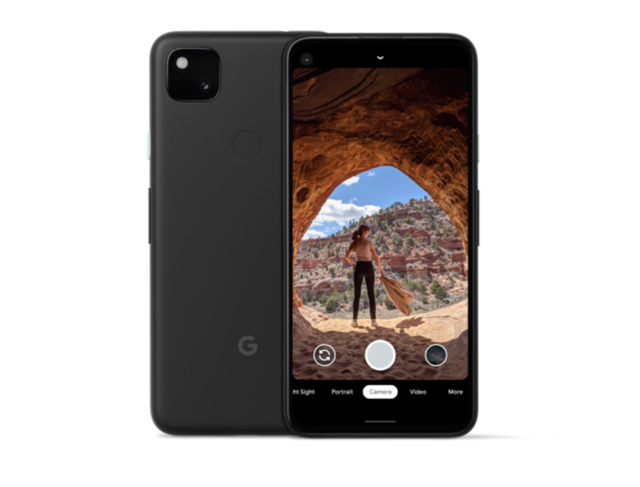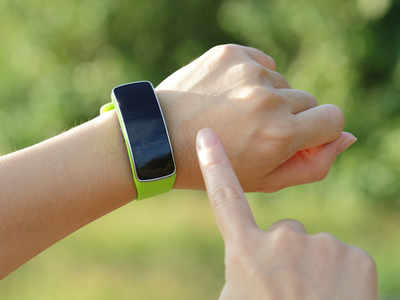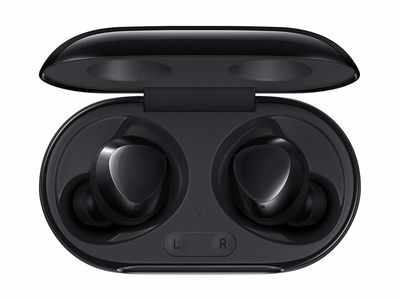This may be the reason why Google Pixel 4a has the same sensor as Pixel 3

Google last month launched its latest Pixel series smartphone Pixel 4a. At a price tag of $349 (Rs 26,250), Pixel 4a is the most-affordable Pixel device from the company so far. The cheapest version of the last year's Pixel -- Pixel 4 -- was launched at $399.
While the all-new Pixel 4a boasts of competitive specs, the camera sensor at the back is Sony IMX363, the same Google has used since the Pixel 3. This left many wondering why Google didn't upgrade the sensor. Google's former executive Marc Levoy's interaction with The Verge seems to explain this. Levoy, who is with Adobe now, is the key man behind Pixel's computational photography. He led the team at Google that developed technologies including HDR+, Portrait Mode and Night Sight for Pixel smartphones. He left Google in May this year.
In the conversation, Levoy said that mobile sensors have come a long way and recent hardware improvements offer diminishing returns. "Because of the diminishing returns due to the laws of physics, I don’t know that the basic sensors are that much of a draw. I don’t know that going to 96 megapixels is a good idea. The signal-to-noise ratio will depend on the size of the sensor. It is more or less a question of how big a sensor can you stuff into the form factor of a mobile camera. Before the iPhone, smartphones were thicker. If we could go back to that, if that would be acceptable, then we could put larger sensors in there. Nokia experimented with that, wasn’t commercially successful," said Levoy.
On specifically asked why huge megapixels are bad idea, Levoy said, "As I said, the signal to noise ratio is basically a matter of the total sensor size. If you want to put 96 megapixels and you can’t squeeze a larger sensor physically into the form factor of the phone, then you have to make the pixels smaller, and you end up close to the diffraction limit and those pixels end up worse. They are noisier. It’s just not clear how much advantage you get."
While companies like Xiaomi, OnePlus, Realme have introduced 48MP camera phones; Apple and Google still sticking to 12MP sensor in their phones. Apple's most-expensive iPhone, iPhone 11 Pro Max has four cameras, three on the rear and one on the front. The iPhone feature triple 12-megapixel ultra wide angle, wide angle, and telephoto cameras at the back. In front too, there's TrueDepth Camera system with 12-megapixel sensor.
Google Pixel 4a is equipped with a 12.2MP sensor at the back, along with an f/1.7 lens and an LED flash module. The phone's selfe camera has an 8-megapixel sensor.
While the all-new Pixel 4a boasts of competitive specs, the camera sensor at the back is Sony IMX363, the same Google has used since the Pixel 3. This left many wondering why Google didn't upgrade the sensor. Google's former executive Marc Levoy's interaction with The Verge seems to explain this. Levoy, who is with Adobe now, is the key man behind Pixel's computational photography. He led the team at Google that developed technologies including HDR+, Portrait Mode and Night Sight for Pixel smartphones. He left Google in May this year.
In the conversation, Levoy said that mobile sensors have come a long way and recent hardware improvements offer diminishing returns. "Because of the diminishing returns due to the laws of physics, I don’t know that the basic sensors are that much of a draw. I don’t know that going to 96 megapixels is a good idea. The signal-to-noise ratio will depend on the size of the sensor. It is more or less a question of how big a sensor can you stuff into the form factor of a mobile camera. Before the iPhone, smartphones were thicker. If we could go back to that, if that would be acceptable, then we could put larger sensors in there. Nokia experimented with that, wasn’t commercially successful," said Levoy.
On specifically asked why huge megapixels are bad idea, Levoy said, "As I said, the signal to noise ratio is basically a matter of the total sensor size. If you want to put 96 megapixels and you can’t squeeze a larger sensor physically into the form factor of the phone, then you have to make the pixels smaller, and you end up close to the diffraction limit and those pixels end up worse. They are noisier. It’s just not clear how much advantage you get."
While companies like Xiaomi, OnePlus, Realme have introduced 48MP camera phones; Apple and Google still sticking to 12MP sensor in their phones. Apple's most-expensive iPhone, iPhone 11 Pro Max has four cameras, three on the rear and one on the front. The iPhone feature triple 12-megapixel ultra wide angle, wide angle, and telephoto cameras at the back. In front too, there's TrueDepth Camera system with 12-megapixel sensor.
Google Pixel 4a is equipped with a 12.2MP sensor at the back, along with an f/1.7 lens and an LED flash module. The phone's selfe camera has an 8-megapixel sensor.


























All Comments (0)+^ Back to Top
Refrain from posting comments that are obscene, defamatory or inflammatory, and do not indulge in personal attacks, name calling or inciting hatred against any community. Help us delete comments that do not follow these guidelines by marking them offensive. Let's work together to keep the conversation civil.
HIDE